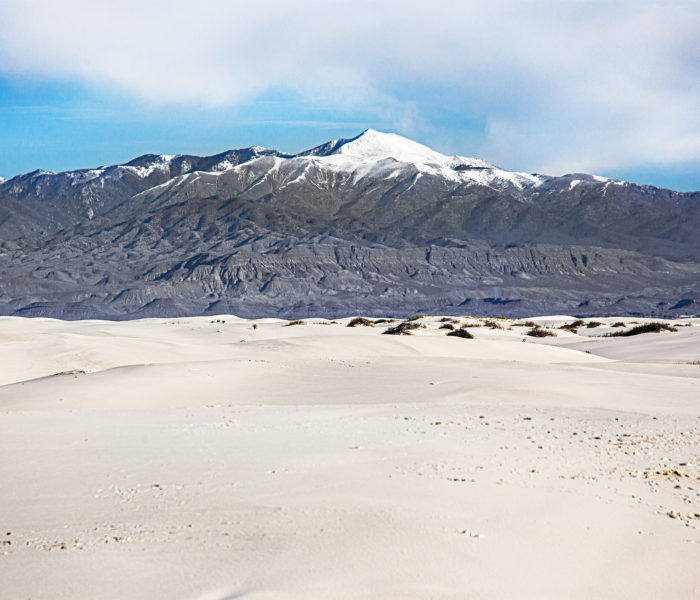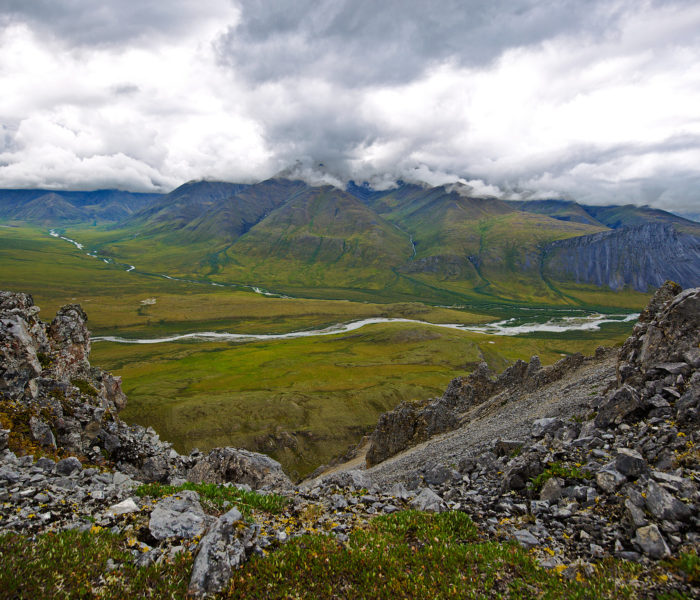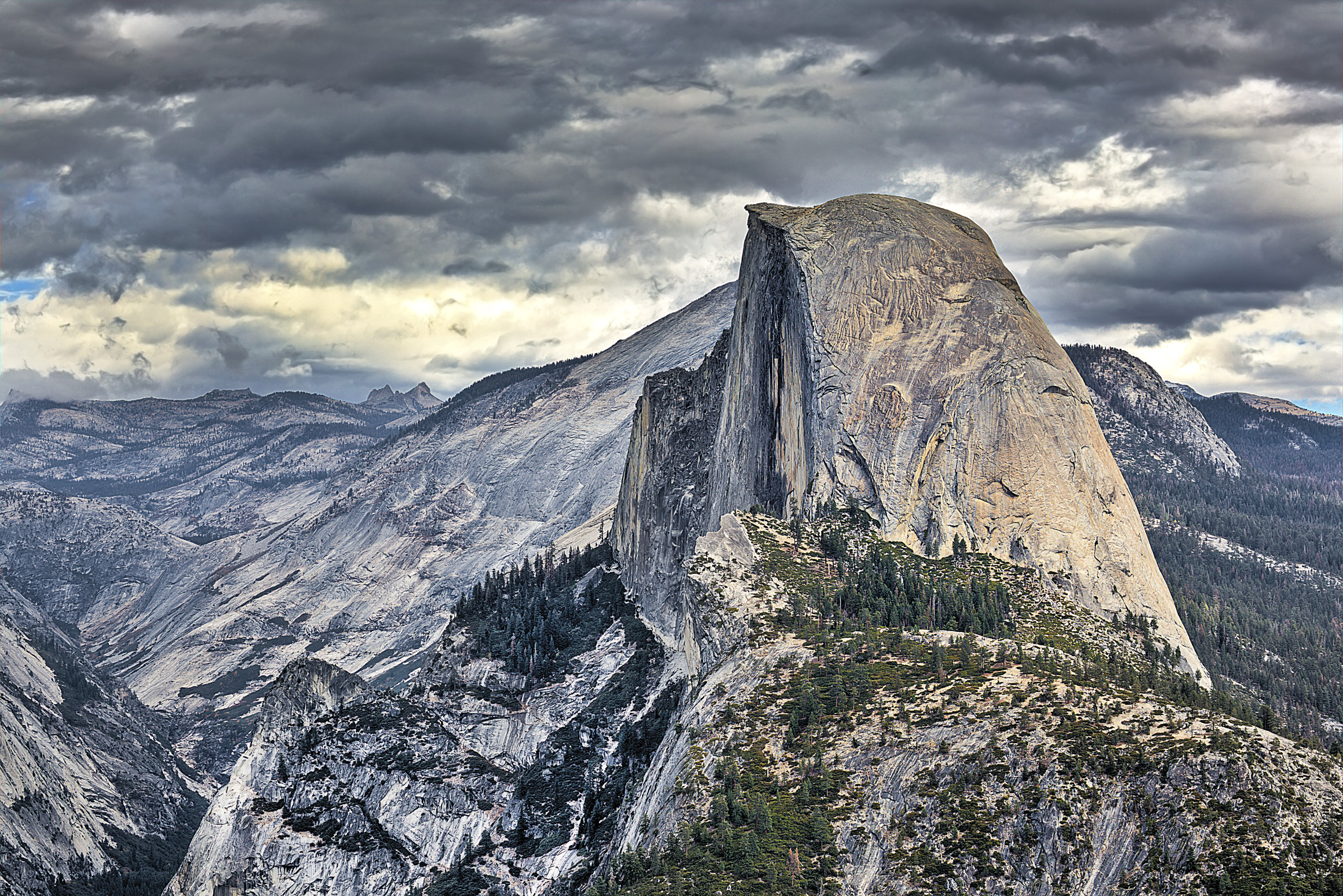
Authors Note: At the bottom of today’s post, I’ve included an FAQ. If you have questions- check it out- I may have answers for them!
Characterized by its epic valleys, unique rock formations, and large waterfalls, Yosemite National Park is a hikers paradise beloved by all who enjoy the outdoors.
“Wait…you haven’t been to Yosemite yet!?”
That is the reaction I get most often when I tell people which National Parks I’ve visited this year- and honestly, I get it. Yosemite is the 3rd most visited National Park in the country (after Smoky Mountains and the Grand Canyon) and it has become synonymous with the American outback.
My decision to hold off visiting was primarily based on trying to visit under unique conditions- by that I mean, conditions under which I could potentially capture unique photos. Nearly every person I know has been to Yosemite and I wanted to provide an experience that very few had seen. So for today’s post, I strapped on my rain gear and headed into a large Fall rainstorm in Yosemite- enjoy!
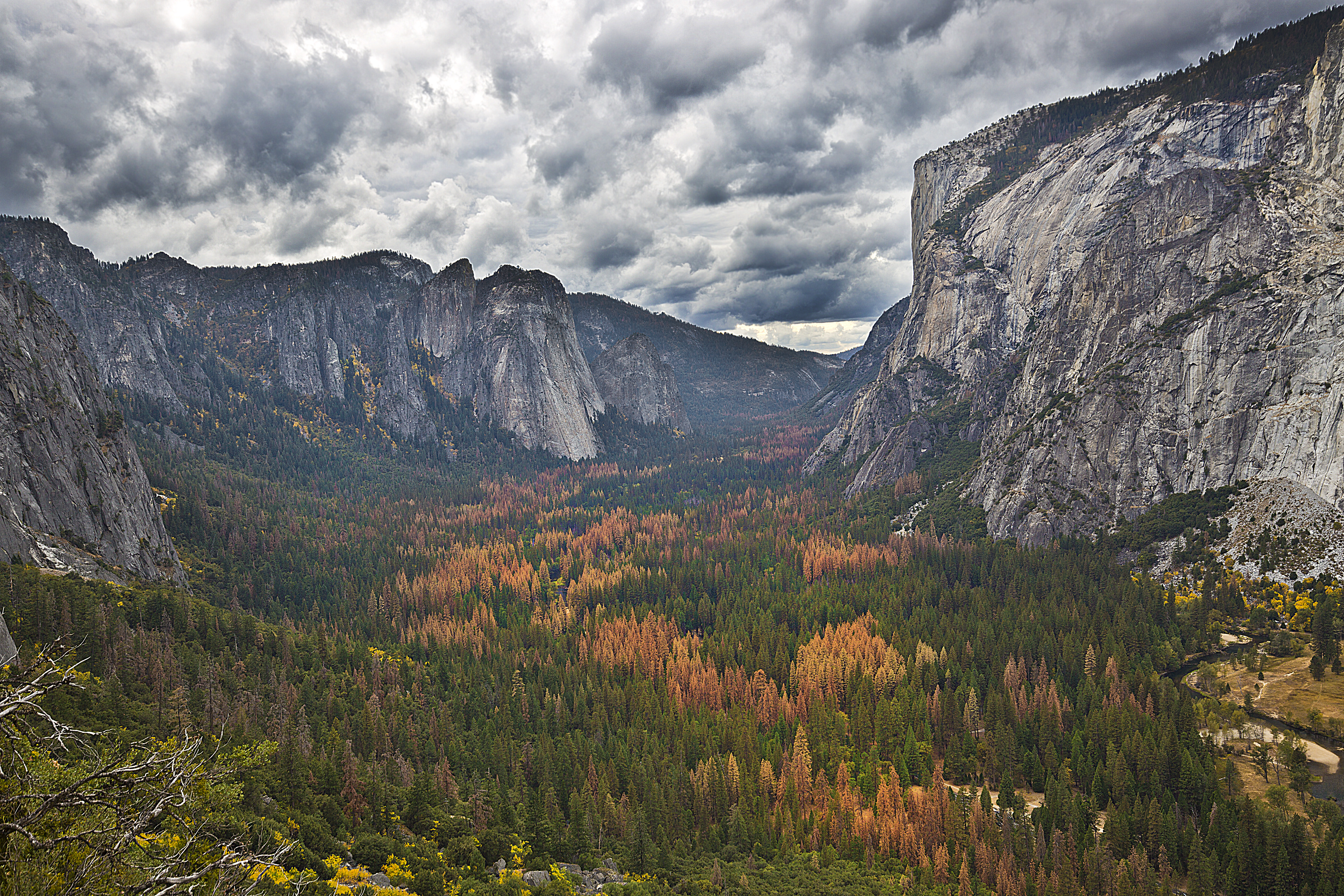
The Epic Yosemite Valley in Fall colors before the Storm rolled in. Taken from the “4-Mile Trail”

The Half-Dome from the backside with beautiful Fall leaves in the foreground- this was taken right near the junction between the John Muir Trail and the Panorama Trail.
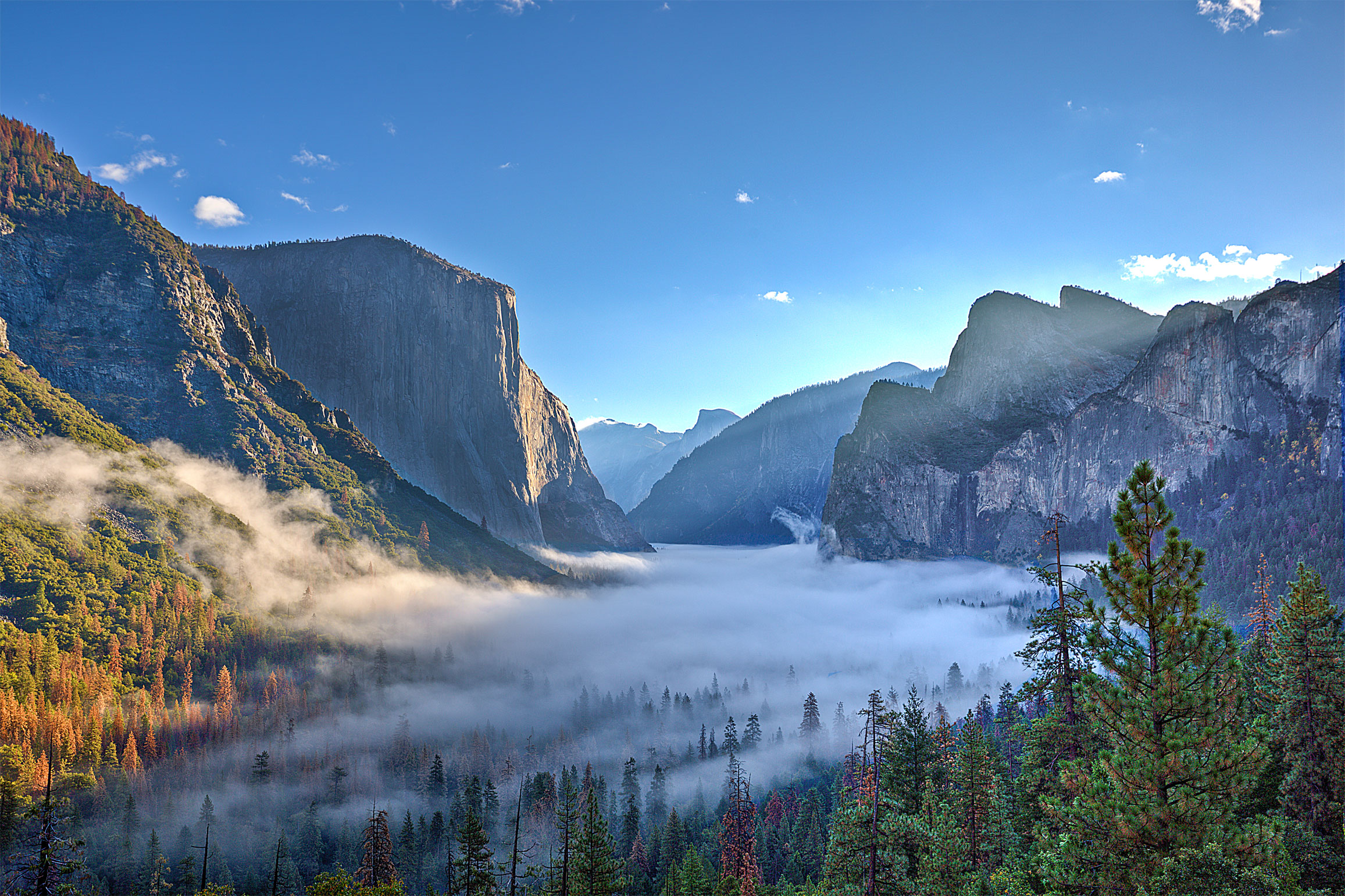
The famous “Tunnel View” and “El Capitan” shortly after Sunrise with the morning fog still resting over the valley. As you can see, the day started out with clear blue skies (but alas, it would not last!)
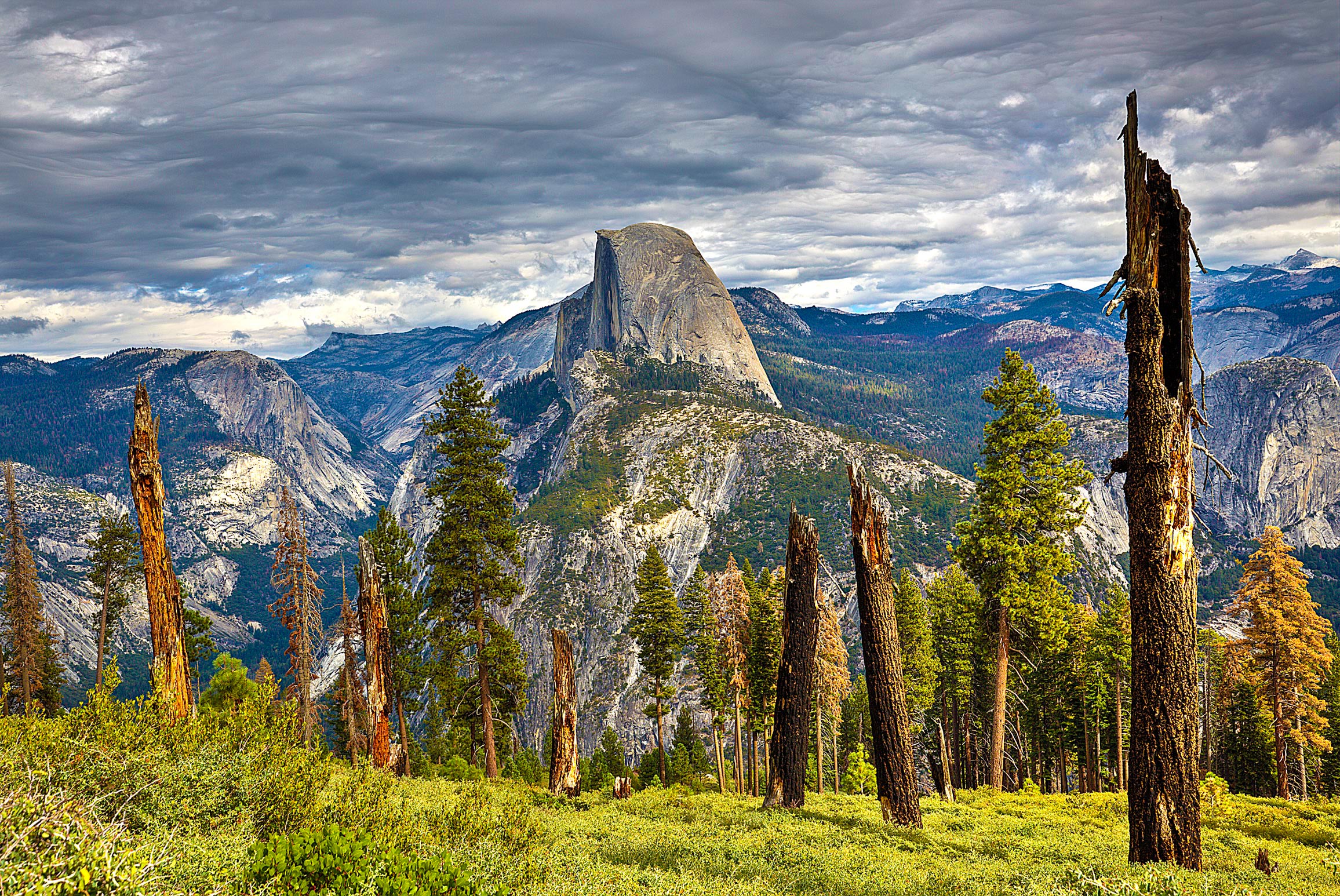
The Half Dome stands alone. Taken from the Panorama Trail.
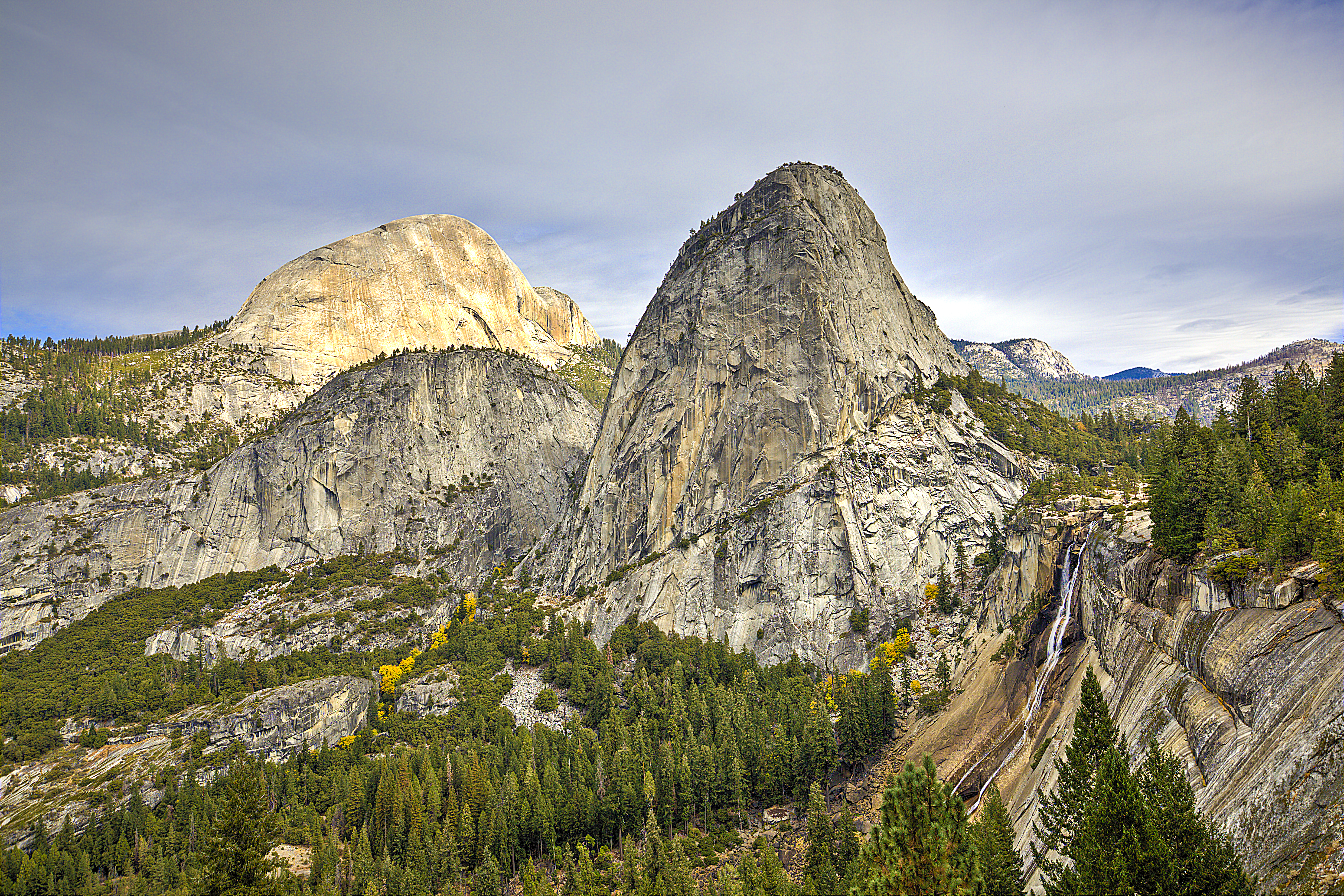
Nevada Falls and the Liberty Cap. Taken near the juncture between the Mist Trail and the John Muir Trail.

The “Face” of the Half Dome. Taken from Glacier Point.
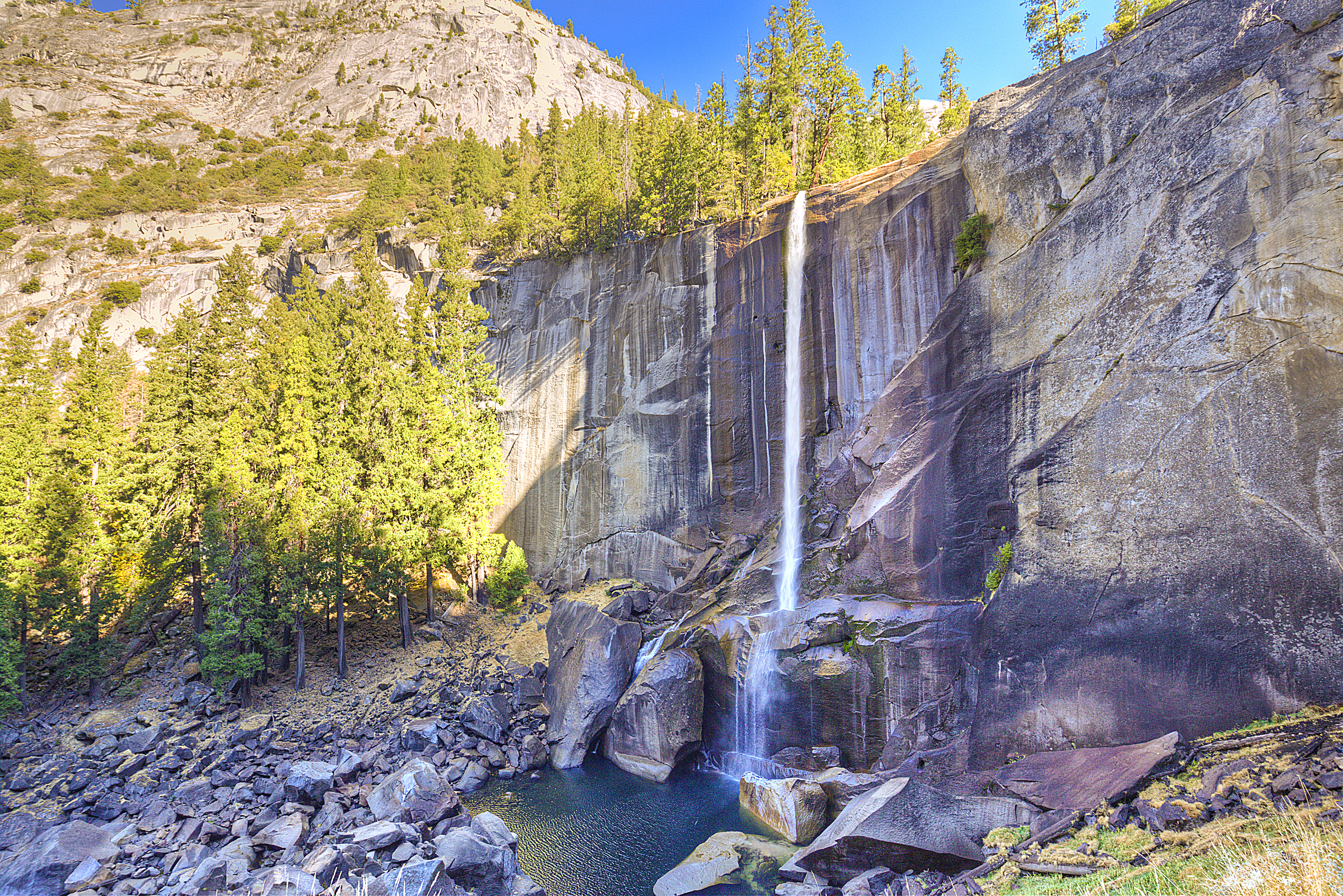
Vernal Falls during the Fall- I’m told it’s much bigger during the Spring (that’s what he said). Taken from the Mist Trail.
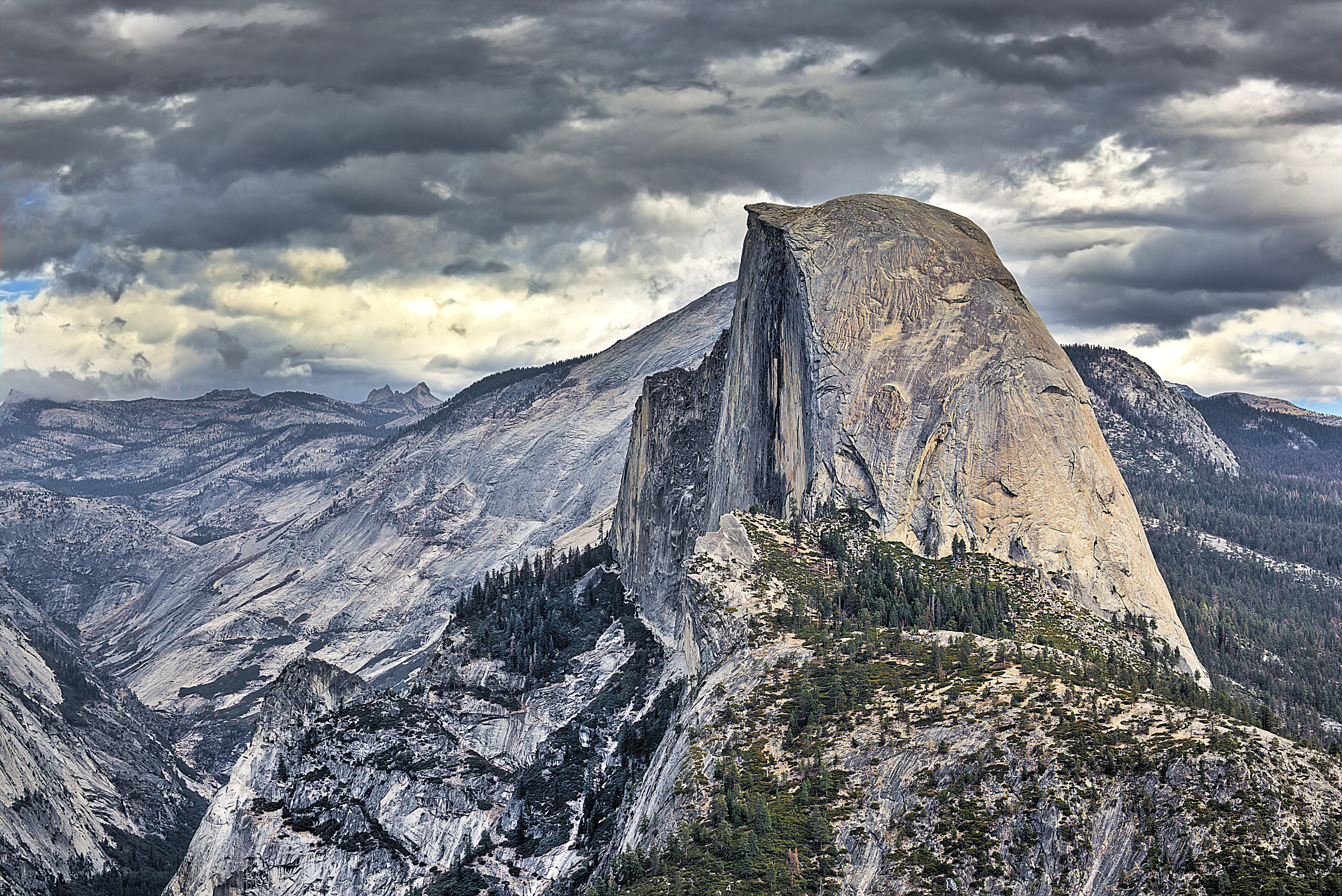
Today’s cover photo- if you look carefully in the corners, you can see just a little bit of blue sky peaking out behind the clouds. Taken from the Panorama Trail.
————————————–
FAQ (ordered by frequency):
Q: Why are you visiting every National Park?
A: Back in January of this year (2016), I experienced an episode of career burnout and decided to travel until I figured out what I wanted to do next. During this period of time, I did a 2-week road trip through the American Southwest, which helped me realize that I had seen very little of the true beauty of the United States. At that point, I had already booked a 9-week trip to Australia and New Zealand, but I swore that when I returned I would see everything the US has to offer. The Parks offered an easy and unique way to do that- thus the beginnings of my quest!
Q: Doesn’t this cost a lot of money?
A: Yes and No. Visiting overseas is expensive- my 9 weeks in Australia and New Zealand cost me almost $10,000. However, traveling in the US for the most part is cheap. From San Francisco I can fly to Denver, Phoenix, Las Vegas, Portland, and Seattle for less than $150 round trip (often cheaper than that). Even more difficult places to get to (like Alaska) are nowhere near as expensive as overseas travel, and usually the mileage requirements are quite low for domestic flights. If you have specific questions about travel or travel hacking- leave a comment below and I’ll respond!
Q: What do you count as “visiting” a National Park?
A: Generally, I have to have seen all of the major sites and done at least 8-10 miles of hiking within the Park. Usually I blow that out of the water- in Yosemite for instance, I did 20 miles of hiking in a single day- but that’s my criteria.
Q: How do you plan Park trips?
A: I start with the Park website, which is usually formatted terribly but at least highlights the major things to do. I cross reference that with Trip Advisor, various backpacking/hiking websites, and any individual reviews I can find and eventually form a list. Then I plot all of the various stops into Google Maps (cross checking with the Park provided maps- which are usually horrendous), and come up with an order to visit everything in. From there, I mark the hikes and distances on the Park map, double check the weather (and pack accordingly), and I’m good to go!
Q: Do the Parks have entry fees?
A: Almost always, but you can buy an $80 1-year pass that gets you into every Park for free. On average, Parks cost between $20-30 each to get into, so you can see where the break-even point is on the pass.
Q: How long do you think it will take to visit all 59 National Parks?
A: Aiming for 2 years Total- that would have me finishing at some point during July of 2018.
Q: What Camera do you use?
A: Currently using the Canon 5D Mark III with three lenses: 16-35mm, 70-300mm, and 50mm.
Categories: US National Parks


